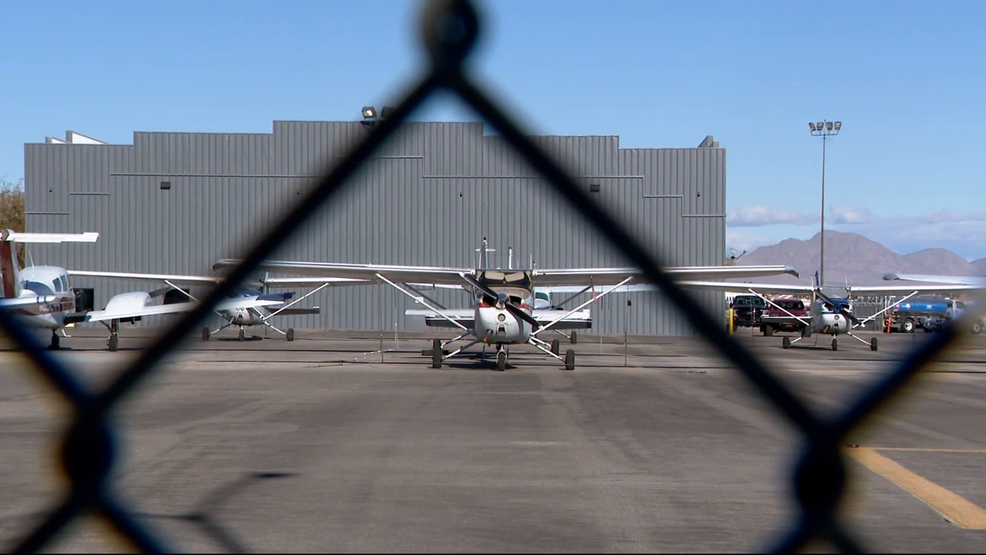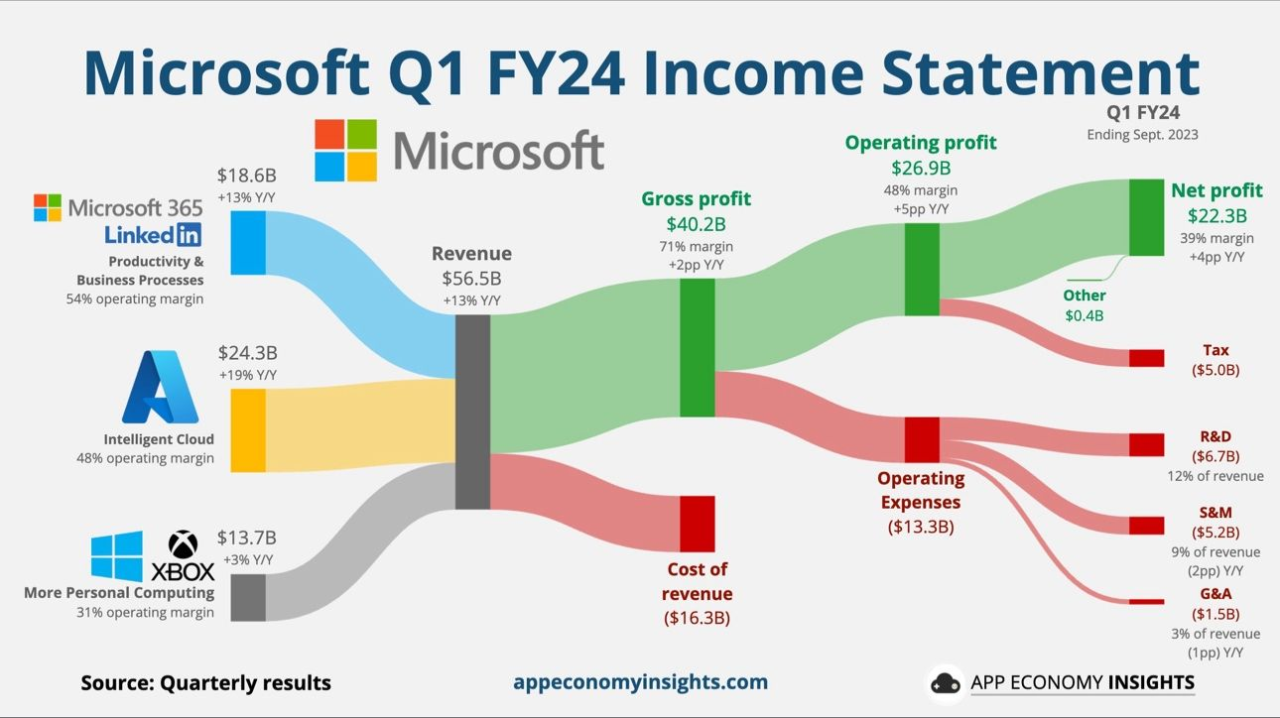FAA Investigates Las Vegas Airport Collision Risks

Table of Contents
The Scope of the FAA Investigation
The FAA investigation into near-miss incidents at Las Vegas Airport is a comprehensive review of air traffic safety procedures and infrastructure. The investigation's scope encompasses a detailed analysis of various types of incidents, aiming to pinpoint underlying causes and implement preventative measures. This includes examining runway incursions – where aircraft or vehicles stray onto active runways – and near-misses between aircraft on approach, departure, or taxiing.
- Number of reported incidents: While the exact number remains confidential during the ongoing investigation, reports suggest a concerning upward trend in near-miss incidents over the past year.
- Types of aircraft involved: The incidents involve a mix of commercial airliners and general aviation aircraft, highlighting the diverse range of air traffic navigating the airport's airspace.
- Specific locations: Reports indicate incidents have occurred across various areas within the airport complex, including major runways and connecting taxiways. This suggests a systemic issue rather than isolated events.
- Preliminary findings: At this stage, the FAA has not released any formal preliminary findings, but the investigation's initiation itself underscores the seriousness of the situation and the agency's commitment to ensuring Las Vegas Airport safety.
Analyzing Contributing Factors to Collision Risks at Las Vegas Airport
Several factors likely contribute to the increased collision risks at Las Vegas Airport. Understanding these factors is crucial for developing effective solutions. The investigation will likely scrutinize the following:
- High air traffic volume and congestion: LAS is one of the busiest airports in the United States, experiencing significant air traffic congestion, especially during peak hours. This intense volume increases the probability of incidents.
- Airport infrastructure limitations: The existing airport infrastructure, including runway configuration and taxiway design, may not be fully optimized for the current high volume of traffic. This includes potential bottlenecks and limited separation between aircraft.
- Impact of weather conditions: Adverse weather conditions, such as reduced visibility due to fog or strong wind shear, can significantly impact flight operations and increase the risk of incidents.
- Potential human factors: Human error, encompassing both pilot and air traffic controller factors, can play a role in near-misses. Workload, fatigue, and communication challenges may all be contributing factors under investigation.
- Technological limitations: While technology plays a significant role in air traffic management, potential limitations or malfunctions in air traffic control systems, such as outdated radar technology or communication systems, could contribute to collision risks.
Proposed Solutions and Safety Improvements
Addressing the collision risks at Las Vegas Airport requires a multifaceted approach encompassing technological upgrades, procedural changes, and infrastructure improvements. Potential solutions include:
- Upgrading air traffic control systems: Implementing advanced technologies like ADS-B (Automatic Dependent Surveillance-Broadcast) can improve real-time situational awareness for air traffic controllers, allowing for better separation and management of aircraft.
- Improved runway and taxiway management: Implementing new procedures, such as optimized taxi routes or improved ground-to-air communication protocols, can streamline ground operations and reduce congestion.
- Investing in airport infrastructure: Expanding airport capacity through runway or taxiway improvements, or constructing additional facilities, can alleviate congestion and improve air traffic flow.
- Enhanced pilot training: Refining pilot training programs to better address human factors and situational awareness can contribute to safer flight operations. This may include simulator training focusing on high-traffic environments.
- Strengthening safety regulations and oversight: Regular audits and evaluations of safety protocols, combined with robust enforcement of regulations, can create a culture of safety within the airport.
Conclusion
The FAA's investigation into collision risks at Las Vegas Airport is a critical step toward enhancing aviation safety. The high volume of air traffic at LAS, coupled with potential infrastructural limitations and human factors, necessitates a comprehensive approach to mitigate risks. Solutions proposed range from technological upgrades to procedural improvements and infrastructure enhancements. The success of these measures will directly impact passenger safety and set a precedent for aviation safety nationwide. Stay informed about the FAA's investigation and future updates regarding Las Vegas Airport safety by following the FAA's website and other reliable news sources for further information on FAA investigations into Las Vegas Airport collision risks.

Featured Posts
-
 Canadian Auto Industry Responds To Us Trade War With Five Point Action Plan
Apr 24, 2025
Canadian Auto Industry Responds To Us Trade War With Five Point Action Plan
Apr 24, 2025 -
 Ice Blocks Columbia Student Mahmoud Khalil From Attending Sons Birth
Apr 24, 2025
Ice Blocks Columbia Student Mahmoud Khalil From Attending Sons Birth
Apr 24, 2025 -
 Trump Reassures Fed Chair Powells Job Secure
Apr 24, 2025
Trump Reassures Fed Chair Powells Job Secure
Apr 24, 2025 -
 Analysis Of Teslas Q1 2024 Earnings 71 Net Income Decrease And Political Factors
Apr 24, 2025
Analysis Of Teslas Q1 2024 Earnings 71 Net Income Decrease And Political Factors
Apr 24, 2025 -
 Rare Earth Shortages Threaten Teslas Optimus Robot Production Timeline
Apr 24, 2025
Rare Earth Shortages Threaten Teslas Optimus Robot Production Timeline
Apr 24, 2025
